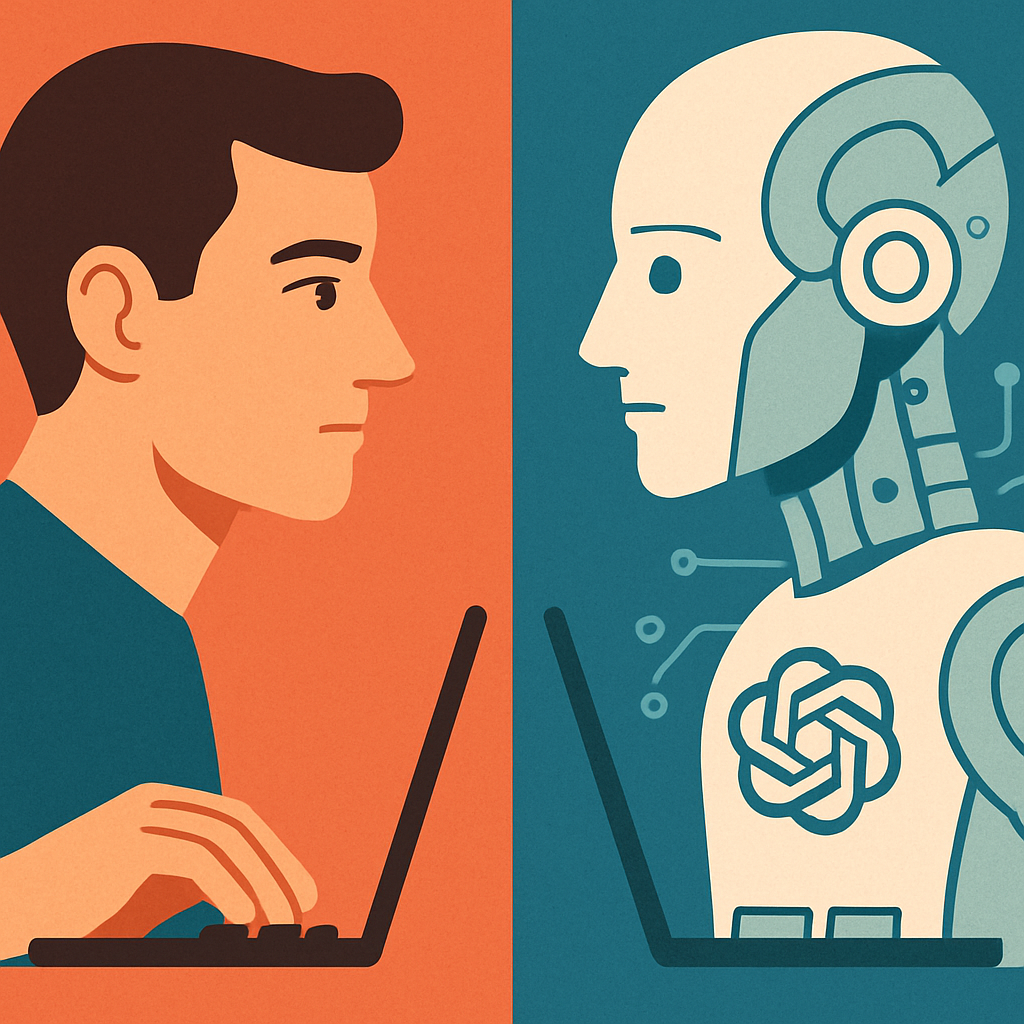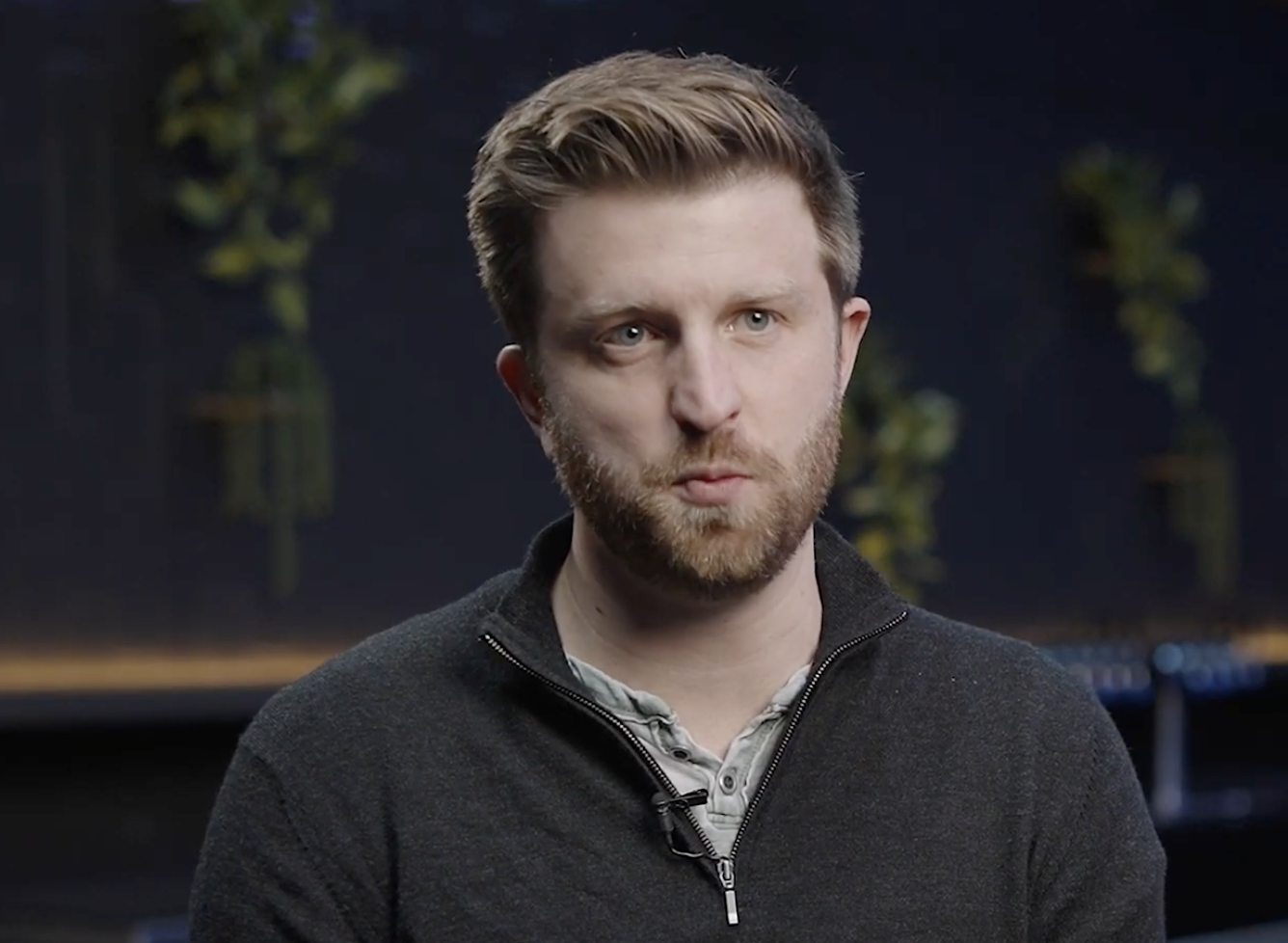
“Is it you … ChatGPT?”
In the age of artificial intelligence it’s becoming more and more difficult – and perhaps increasingly less important – to understand where the tool stops and the tool user begins. We are near the point where we’ll routinely acknowledge AI as a co-creator and perhaps even as a primary creator. This raises complex questions around authorship, creative credit, and ownership.
As an organization that founds and funds data-driven AI businesses, super{set} has seen AI transition from a back-end utility to a front-line creative partner. It’s an evolution that raises more questions than it resolves.
From Tool to Collaborator: The Evolution of Creative AI
Until now creative tools have been exactly that—tools whose power and potential were defined by human hands, hearts, and minds. Generative AI follows instructions, but it also directly contributes to the creative process, composing original paragraphs, music, and/or images in response to a human prompt, a prompt that one day soon may not be needed.
Consider the relationship of a renaissance master painter and his apprentice. The master would sketch the outline of an image and the apprentice would fill in routine details. Now imagine an AI apprentice that not only fills in details but also suggests new compositional elements. In this scenario, who is the master and who is the apprentice? At super{set}, where we help build companies around cutting-edge AI, we see the evolution from tool to collaborator as a foundational argument for rethinking the relationship between “creators” and creation.
When the Machine Shares the Byline: Real Examples of AI Co-Creation
Here are a few examples of how AI is already stepping into a co-creator role:
- Literature:
- In 2016, a novel aptly titled “The Day a Computer Writes a Novel” — co-written by an AI program and human assistants — made it through the first round of a Japanese literary competition and in 2024 Rie Kudan won the prestigious Akutagawa Prize with a novel in which about 5% of the sentences were generated by ChatGPT.
- Art:
- In 2022, a Colorado State Fair art competition awarded its blue-ribbon prize to a piece created by Jason Allen and Midjourney, an AI image generator.
- Music:
- Boombox, an AI-powered music collaboration platform and super{set} portfolio company, enables musicians and producers to co-create songs with “Boombot,” an integrated AI assistant that generates ideas, assists with beat production, and can even suggest lyrics which one producer described it as “an extra set of hands and ears in the studio, always ready to help when you hit a wall.” Users can track AI contributions and assign proper credits.
- Personal and Professional Writing:
- Chinese Nobel laureate Mo Yan recently shocked an audience by revealing he used ChatGPT to help write a ceremonial speech honoring a fellow author.
- Gartner analysts predict that by 2025 about 30% of large enterprises’ outbound marketing messages will be synthetically generated by AI.
- Science and Academia:
- According to a report in Nature, at least four scientific papers credited ChatGPT as an author. The reaction from journal editors was swift and firm: AI might help draft text, but it cannot be an author because it cannot take responsibility for the work.
- Business Content and Media:
- News outlets use AI to draft basic news reports (like finance or sports recaps) with minimal human editing while in Marketing, Gartner predicts that by 2026, 80% of top creative roles in companies will have a mandate to leverage generative AI in their work.
Authorship on Trial: Does “Human” Creativity Still Matter?
As technology evolves, so must we. In content generation our role may shift from creator to editor-in-chief or curator. Instead of handcrafting every sentence or brushstroke, the artistry may lie in how the person steers and refines the AI’s output.
Today our emotional connection to art hinges on believing it came from another human being, one who shares our being-in-the-world. An AI has no lived experience, no consciousness, at least not yet. Does AI’s ability to mimic sentiments it can’t feel make its content any less authentic or valuable? Perhaps the creative process will evolve, with humans focusing on ideation, vision and curation, as opposed to craft and creative execution.
Who Owns Creativity? Rethinking Intellectual Ownership in the AI Era
The legal question of who (or what) owns AI-assisted creations is still open to debate. Current laws only allow humans or human organizations to hold copyrights or patents on creative works and inventions. In a case where a monkey pressed the shutter button on a wildlife photographer’s camera and took an iconic selfie that went viral, the courts eventually ruled that since a non-human created it the image was in the public domain.
The United States Copyright Office has flatly stated that works with no human involvement aren’t eligible for protection. So, if an AI produces something amazing, the human who prompted it may want to claim ownership, but if the AI truly did the core creative work, should the human have any legitimate legal claim on the work? Today the safe path is to treat AI contributions as you would the byproducts of any tool but, as AI contributions grow, the boundaries defining “substantial human involvement” will be tested.
A New Creative Partnership – and a Conversation Worth Having
As AI’s emergence as a creative partner reshapes the landscape of authorship and ownership we are witnessing the birth of a new kind of creative partnership, a dialogue between humans and machines. At super{set} rather than seeing AI as a threat to human originality, we view it as an opportunity to push human creativity into new realms. The camera didn’t kill painting but gave rise to new art forms. Used wisely, AI can be a catalyst challenging us to level up creatively and focus on what truly makes human art special.
Authors:
- Adrien le Gouvello - Partner @ super{set} AI Advisors
- Tom Chavez - Founding General Partner @ super{set}
Tech, startups & the big picture
Subscribe for sharp takes on innovation, markets, and the forces shaping our future.
Let's keep in touch
We're heads down building & growing. Learn what's new and our latest updates.


